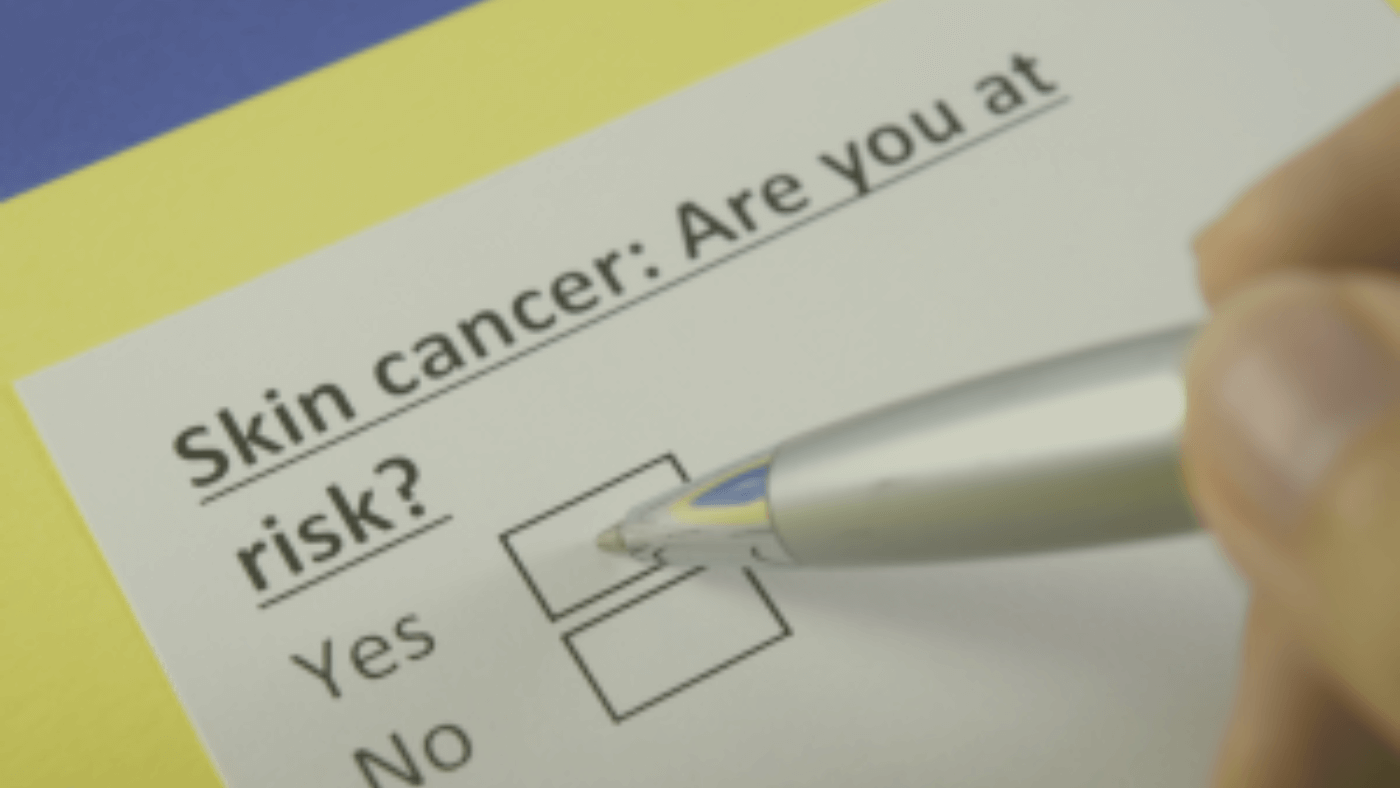Why Does Our Skin Need Sunscreen Protection Outside of The Summer?
Think about a piece of toast in a toaster oven. You can put the toast in the oven for a short period of time and it gets just a little brown (skin damage), but if you keep putting it in over and over again, it gets burned (cancer causing DNA damage). You are setting yourself up for some potentially serious consequences like skin cancer, and for sure less smooth, strong skin.
How skin damage is year round
So, why does our skin continue to get damaged even when not in the sun?
UVA and UVB rays are present every single day of the year. You often just don’t even know it. Yep, all year long, even on cloudy, cold winter days. Most people think that because it is not hot or sunny, there is no need to protect their skin during the winter months. That is simply just not true.
There are ultraviolet rays year round that pummel and damage your skin. However, most people are usually not even aware that the damage is happening, well, unless you were on a skiing holiday vacation where you left with a pretty bad wind and sun burn.
There are two types of damaging rays from the sun, UVA and UVB.
UVA And UVB

However, there are damaging rays from the sun even in the winter. UVA rays have longer wavelengths and can penetrate deeper into the skin, damaging it. These rays not only contribute to cancer promoting changes in the skin, but also suppress its immune system which is one of our main lines of defense against cancer. This type of damage also accumulates over a lifetime, meaning it does not go away after exposure, rather, it adds up alongside the UVB rays mentioned above to potentially cause cancer. These rays silently promote not only skin cancer but also efficiently cause damage to collagen production, which results in wrinkles and brown splotchy skin. UVA are the kinds of rays that are in high intensity tanning beds. So not only should you protect your skin year round, that base tan or trying to get a tan during winter is just not worth it.

The shorter wavelength ultraviolet (sun) rays are known as UVB rays. These rays are the ones that cause your skin to burn* and cause long lasting damage to your DNA. Remember, each time the burn fades, the DNA damage persists. Over time, this damage can lead to the most common forms of cancer, non melanoma and melanoma skin cancer as well as other rare potentially life-threatening skin cancer, like Merkel Cell Carcinoma. These rays peak in intensity in the Summer and are at the highest concentration during midday. When you wear a sunblock with a higher SPF (30 or greater), you are usually best covered on most days.
*Think UVB(urn)
Of note, if you are curious about tanning beds, you should know that they are not “safer” than the sun, but rather, when used, are much more likely to lead cancers. Tanning beds are rated as carcinogens by the World Health Organization.
Pollution and blue light
Pollution and blue light also cause damage to your skin and may also cause damage to your collagen, which presents as wrinkles. People with darker skin types are even more at risk of developing splotchy dark spots or irregular hyperpigmentation. Blue light and pollution damage occurs year round. Using protection from products with antioxidants and blue light blocking agents can help protect your skin.
When you wear mineral sunscreen daily, you are effectively protecting your skin from UVA and UVB rays, which at the end of the day is reducing your risk of both melanoma and non melanoma skin cancers. Remember, you can take small steps, every single day, that will set you up for long term success! We're on your team. Please comment with any questions or concerns!
Photo by Ivana Cajina on Unsplash




